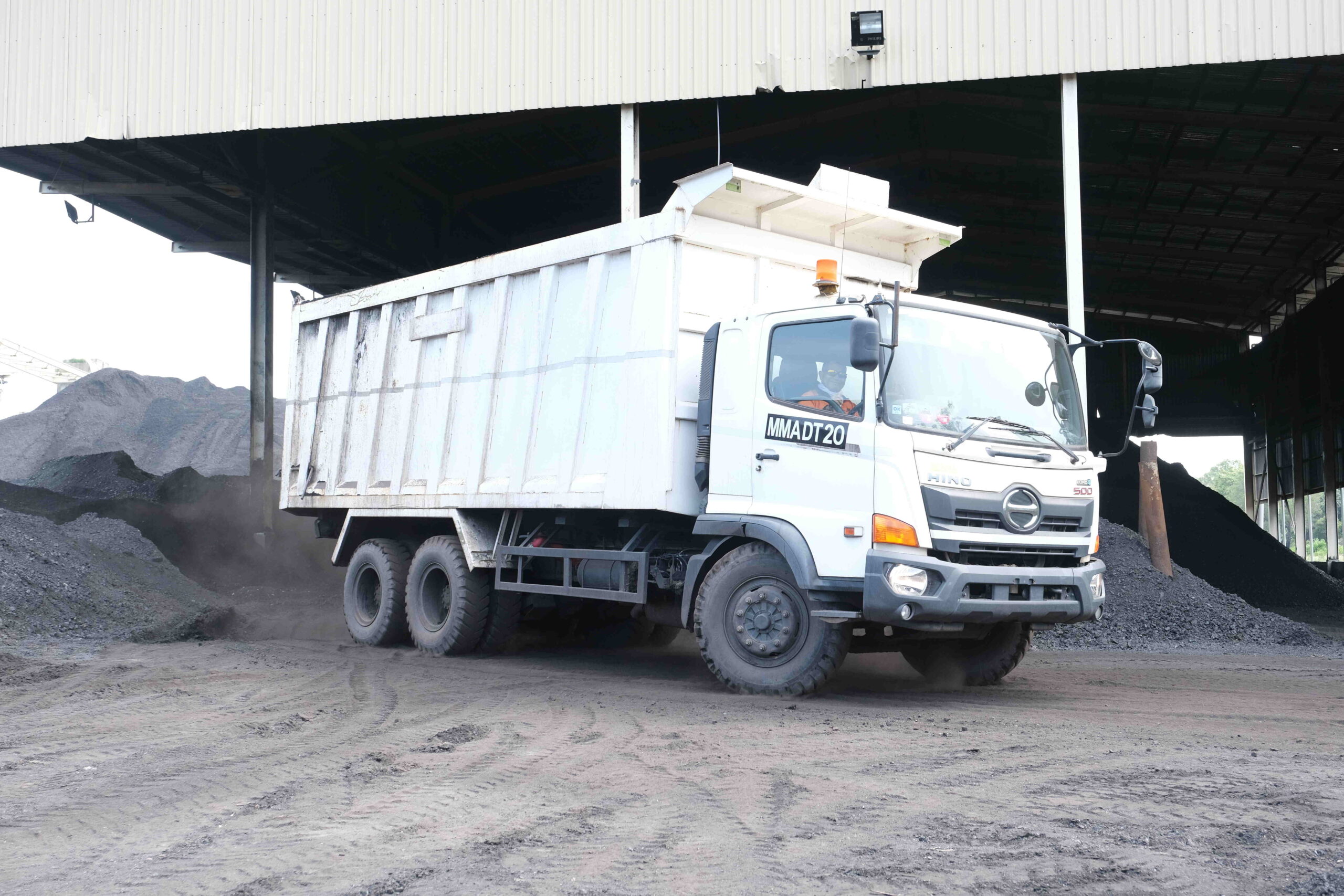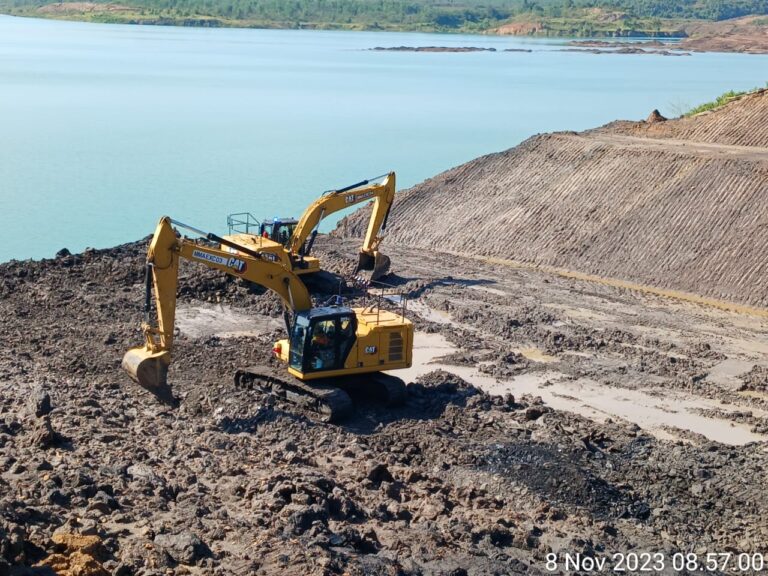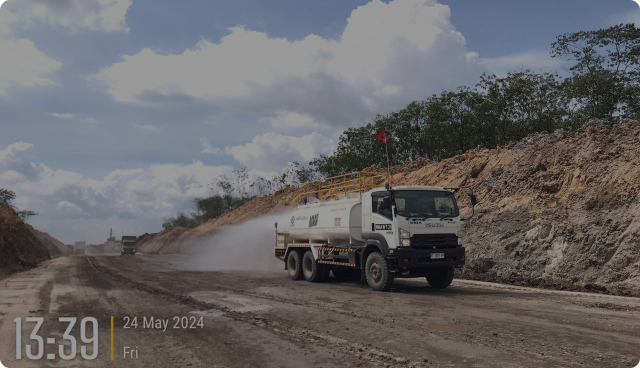Coal hauling, the process of transporting extracted coal from the mine site to its final destination, is a crucial link in the coal mining supply chain. Efficient and safe coal hauling is essential to ensure timely delivery and meet the growing energy demands of the world. The process begins at the mine site, where massive excavators and loaders extract coal from the earth. These heavy-duty machines carefully load the coal onto specialized haul trucks, designed to carry immense payloads across challenging terrain.
The haul trucks, often referred to as “dump trucks” due to their rear-dumping mechanism, are the workhorses of coal hauling. These behemoth vehicles, with capacities ranging from 100 to 400 tons, navigate dedicated haul roads, often spanning several kilometers, to reach designated unloading areas. At the unloading points, the coal is transferred to conveyors, trains, or barges for further transportation to power plants, ports, or other industrial facilities. The choice of transportation mode depends on factors such as distance, infrastructure availability, and environmental considerations. In some cases, the coal might be temporarily stored in stockpiles before being loaded onto trains or ships for long-distance transport.
The entire coal hauling process is meticulously coordinated, involving a complex network of heavy equipment, skilled operators, and sophisticated logistics. The efficiency and safety of this process are paramount, as any disruptions can have significant impacts on production and delivery schedules. Advancements in technology, such as autonomous hauling systems and real-time monitoring, are being increasingly adopted to optimize operations and minimize risks. With the global demand for coal continuing to rise, the coal hauling process will remain a vital component of the energy sector, and continued innovation will be essential to ensure its efficiency and sustainability.





